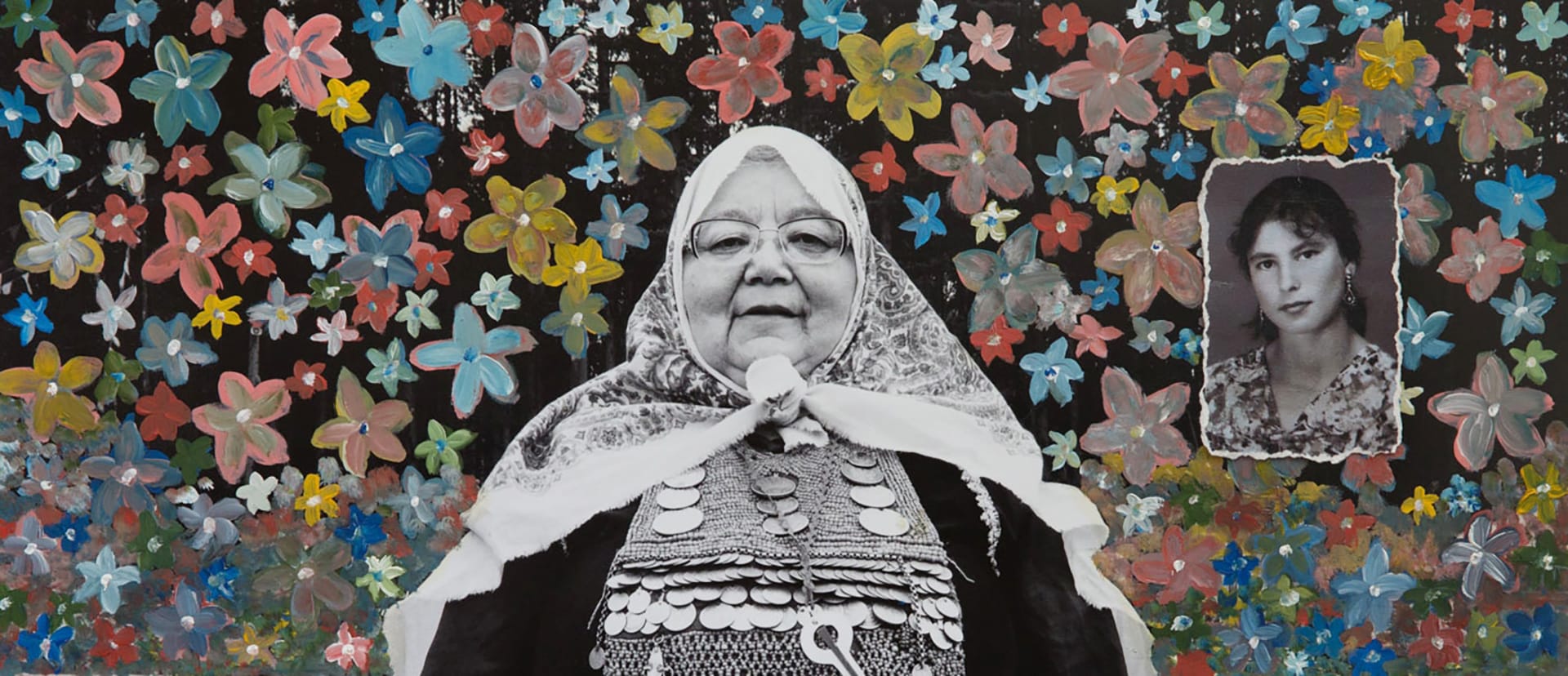Gulnara Samoilova explores how her formative years in Soviet-era Bashkortostan shaped her, the artist and visionary behind a new book entitled Women Street Photographers.

You’re getting blind.
Don’t miss the best of visual arts. Subscribe for $9 per month or $108 $90 per year.
Already suscribed ?



